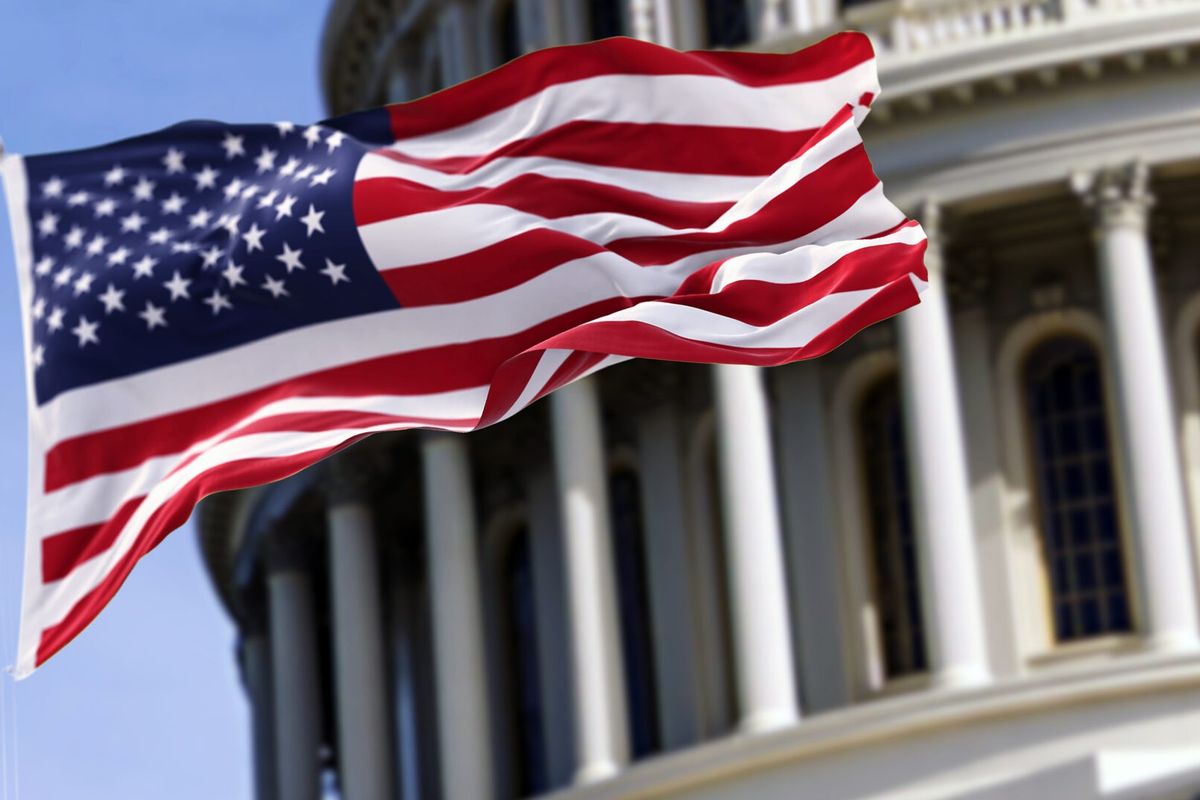SUBSCRIBER+MEMBER EXCLUSIVE - The battle for semiconductors, a core ingredient of both basic and advanced technologies – such as Artificial Intelligence (AI) – has long been thought of as the purview of the private sector. Not anymore.
Supply chain weakness exposed by the pandemic, the war in Ukraine, and concerns over Chinese aggression toward Taiwan – where the island’s Taiwan Semiconductor Manufacturing Company (TSMC) produces more than 90% of the world’s highest performing microchips – have enticed a handful of countries to invest big in their own homegrown semiconductor facilities.
This week, Europe joined the fray. European Union countries and lawmakers on Tuesday approved a $47 billion plan that would make good on a proposal put forth by the European Commission last year, and enter the union into a growing semiconductor competition, with wide-ranging security implications, that involve countries like South Korea, Japan, the United States, and China.
“This will allow – for the first time – public support for European 'first-of-a-kind' production facilities, which benefit all of Europe," said Commission President Ursula von der Leyen in an earlier statement.
The move is aimed at doubling the bloc's chip production to 20% of the global output by 2030, and follows a similar $52 billion Chips Act in the U.S. last year – the same year that the Biden administration placed far-reaching restrictions on Beijing, meant to cut off Chinese access to major chip supply chains.
“Technology export controls can be more than just a preventative tool,” explained U.S. National Security Advisor Jake Sullivan last September. “If implemented in a way that is robust, durable, and comprehensive, they can be a new strategic asset in the U.S. and allied toolkit to impose costs on adversaries, and even over time, degrade their battlefield capabilities."
Access to semiconductor supply chains now seems at the center of a technological standoff between the world's two largest economies.
“China has become too strong,” Japanese Secretary General on Chip Industry Strategy, Seki Yoshihiro, noted as his country applied similar export controls to Beijing. “Western countries must collaborate and co-operate in technology.”
Enter the so-called "Chip 4."
A U.S.-led semiconductor alliance of Japan, Taiwan, the U.S., and South Korea held its first video conference of senior officials in February, meant to both evaluate supply chain resilience and isolate Chinese tech development.
It's not just for the President anymore. Are you getting your daily national security briefing? Subscriber+Members have exclusive access to the Open Source Collection Daily Brief, keeping you up to date on global events impacting national security. It pays to be a Subscriber+Member.
Meanwhile, China — considered the world’s largest consumer of semiconductors — has ramped up its own domestic production, setting aside $143 billion in investments. Its biggest chipmaker, Semiconductor Manufacturing International Corp., also posted record revenue last year, though revenue shrunk by nearly one-fifth in first quarter of 2023 amidst sanctions and economic headwinds.
Already ubiquitous across the electronics landscape, chips power everything from transportation to health care, as well as “all major U.S. defense systems and platforms,” according to a recent Center for Strategic and International Studies (CSIS) report. They are also considered crucial for the more transformative technologies, such as quantum computing systems and artificial intelligence – a critically important next phase of war-fighting and security.
A recent Rand study found that the U.S. faces both a “steady increase in the integration of AI in military systems,” as well as a “significant international competition in military AI,” principally, it noted, from Russia and China.
And yet AI competition is not merely about funding or even chips.
Speaking at this year’s Cyber Initiatives Group Spring Summit, P.J. Maykish, former Director for Technology Competition at the National Security Council, noted that while the U.S leads in certain aspects of AI, China’s emphasis on data aggregation, essentially “treating data as a sacred resource” and focusing on procuring large-scale datasets, may indeed level the playing field.
For instance, in 2017, China enacted a major cybersecurity law that required operators to store certain data within China, thus allowing Chinese authorities to conduct so-called spot-checks that provided newfound data access. Four years later, the privacy policy on the platform video platform, TikTok – whose parent-company is the Beijing-headquartered ByteDance – was updated to say that the company “may collect biometric identifiers and biometric information as defined under U.S. laws, such as faceprints and voiceprints … and share all of the information we collect with a parent, subsidiary, or other affiliate of our corporate group.”
A year later, Beijing went further and passed its Global Initiative on Data Security, which Foreign Ministry spokesperson Zhao Lijian described as bringing "Chinese wisdom to international rules-making” in data governance, which again emphasized the central government’s role in greater control through localized data storage – a factor, experts explained, that is thought to greatly aide in AI development.
This current decade, Maykish added, will “determine how that [development] plays out and who has the great sphere of influence in this technology.”
The Cipher Brief hosts expert-level briefings on national security issues for Subscriber+Members that help provide context around today’s national security issues and what they mean for business. Upgrade your status to Subscriber+ today.
Meanwhile, calls for a more integrated U.S. approach are growing.
An early April Foreign Affairs essay by Peter Scharre, Vice President and Director of Studies at the Center for a New American Security and author of Four Battlegrounds: Power in the Age of Artificial Intelligence, pointed to distinct U.S. advantages in computing power and human talent. China, he noted, “has a better government strategy for advancing AI than Washington.” Indeed, he said, the U.S. “needs a strategy that will keep China dependent on foreign-made chips, and it needs to continue attracting and retaining the world’s top AI talent. It must make sure that its institutions, especially the military, fully adopt new innovations."
Without a greater emphasis on data, Lt. Gen. Michael Groen, former director of the Pentagon’s Joint Artificial Intelligence Center, told the Cyber Initiatives Group Spring Summit that there will likely be what he termed a “Vitamin I” deficiency – or a lack of imagination on how (AI) processes, platforms, and procedures could be enhanced with more comprehensive data sets.
The Rand report, meanwhile, also cautioned of ethical and operational risks associated with AI deployment, that pose significant “questions about the reliability, fragility, and security of AI systems.”
“It's about national influence, and it's about whether these technologies are used ultimately to promote civilization or to harm it,” added Maykish.
“Both are possible.”
AI, and in particular generative AI, a category in which the technology can create novel content, and potentially be employed in model training, simulations, intelligence-gathering, and a host of other functions, is expected to revolutionize warfare.
“This is the competition,” added Groen, and it constitutes “an expanding definition of what national security means. Think about military, infrastructure, cyberspace and cybersecurity, economics, our economic power as a nation. All of these things are transformed by AI and related technologies.”
Cipher Brief Senior Editor Ken Hughes and Cipher Brief Deputy Managing Editor David Ariosto contributed to this report
Read more expert-driven national security insights, perspective and analysis in The Cipher Brief











